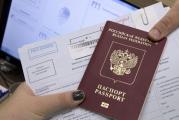How to read a Schengen visa? Let's break it down point by point.
Now we will analyze in detail the ciphers of the Schengen visa, and understand what each of the points means.
Whichever visa is in your hands, each item will be presented in three languages: the country of issue, English and French.
VALID FOR- this item contains data on the territory covered by the visa. Most often, it looks like this: ETADOS SHENGEN. Such a designation indicates the validity of the visa in the Schengen area, this item is filled in the language of the country of issue of the document. ETADOS SHENGEN - the most common, but it also happens that an alphabetic code is affixed at this point.
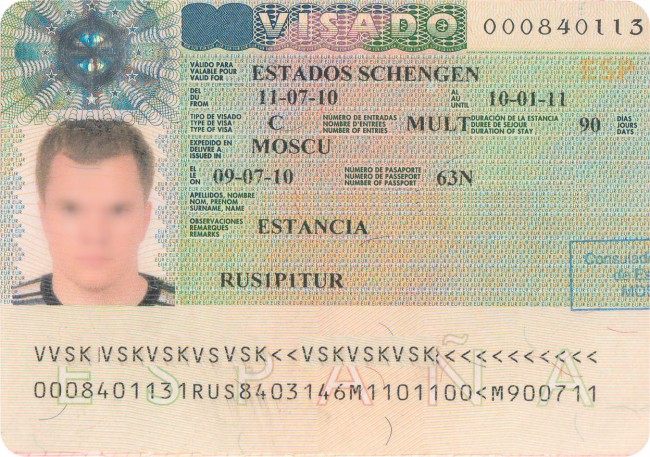
ETADOS SHENGEN - the validity of a visa in the Schengen area
The Territorial Restriction Code indicates that the document is only valid in the designated countries. The use of letter codes of the countries of the Schengen agreement is provided. The abbreviation is not always used, and the consulate has the right to fully prescribe the name of the country.
There is also another option. The consulate has the right to fill in this paragraph with the phrase ETADOS SHENGEN - NL. This means that you have the right to stay in the Schengen area, with the exception of the Netherlands (NL Netherlands).
There is also a completely different option for filling out this item - FRANCE + 1 TRANSIT SCHENGEN. Such a designation can be deciphered as one permissible suppression of the Schengen zone on the way to France.
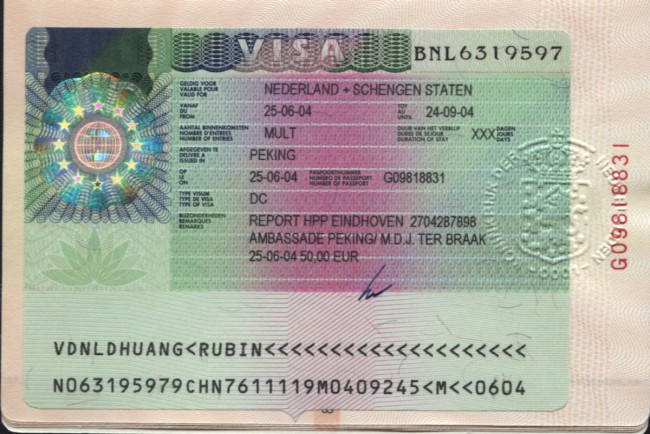
If you applied to the French consulate, then upon receipt of a visa at the point VALID FOR you can see this inscription: FRANCE SAUF CTOM. This filling form indicates that the document is valid only in France, and also applies to the French departments and some of the overseas zones, for example: Saint Martin, Saint Pierre and Miquelon, Fr. Saint Bartholomew. This visa is not valid in French Polynesia, Mayotte Department, New Caledonia, Wallis, Futuna.
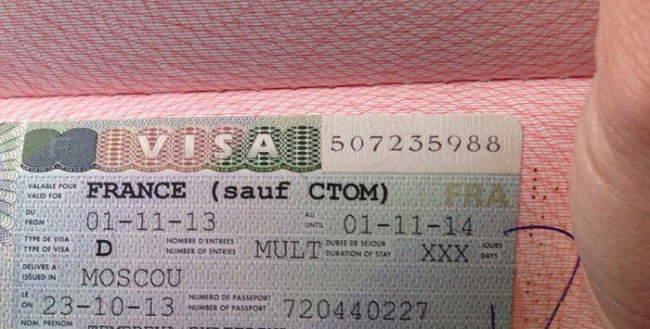
The regulation allows filling the field with the designation DEPARTEMENT D'OUTRE MER. If “(FRANCE)” is indicated next to it in parentheses, then such a document opens admission exclusively to overseas territories, in this version, France, without the right to enter the country. Most often, in paragraph REMARKS, territories will be registered, access to which opens the existing document.
FROM- the date of activation, in other words, from the specified date the document is valid, and you can use it to suppress the Schengen countries. For example, if you have indicated 12/28/14, then you will be able to cross the Schengen border on December 28, 2014 from 00.00.
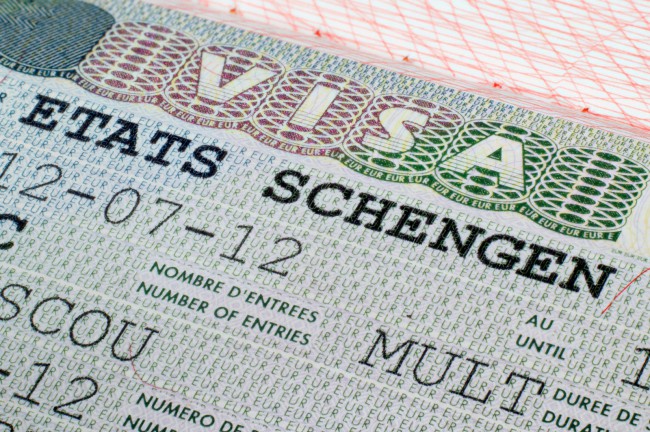
UNTIL- the date of expiration of the validity of the document that gives the right to visit the Schengen countries. If the completion of this paragraph looks like this: 12/28/15, then you must go through customs control and leave the zone no later than December 27, 2015 at 23.59, otherwise you risk not only getting a fine, but also getting involved in documentary troubles.
TYPE OF VISA- the format or type of visa, the designation of which is written in Latin. The most common form C document, which gives the right to stay in the Schengen area for no more than 90 days in 6 months, is considered short-term. Most often used by tourists for sightseeing and business trips. Category D visa can be found in students or people who stay in a designated zone for the purpose of permanent work. This format gives the right to stay in the Schengen zone for more than 90 days / half a year.
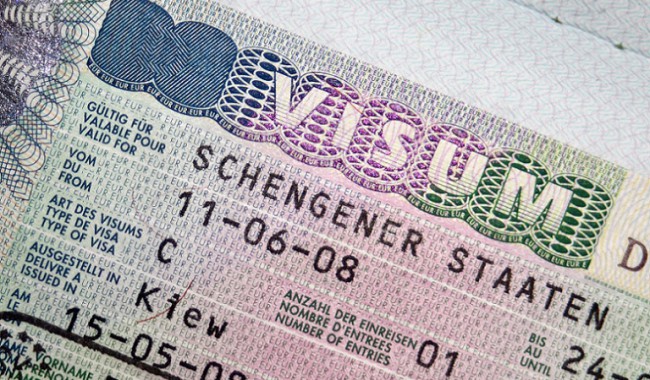
NUMBER OF ENTRIES- the number of allowed entries is indicated here. MULT- this is a kind of unlimited entry into the Schengen zone. 1 and 2 - you can enter the specified territory once or twice.
DURATION OF STAY- the total number of days allowed to stay in the Schengen area. If your visa is valid for a year or two, then at the point REMARKS they will write “visa de circulation”, and the subparagraph “duration of stay” will indicate - 90. Such filling out of the document indicates that you can stay in Schengen no more than 90 days in 6 months.
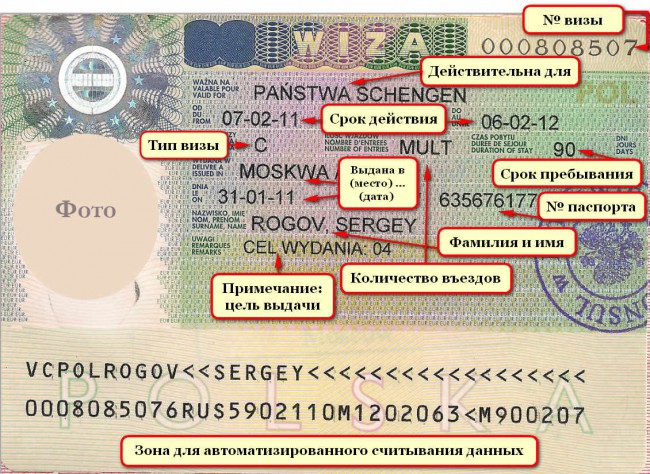
ISSUEDIN- this line indicates the place of issue, more often, this is the name of the city.
ON- date of issue of the document.
NUMBER OF PASSPORT- Attach your passport number at this point.
SURNAME, NAME- FI (surname and name).
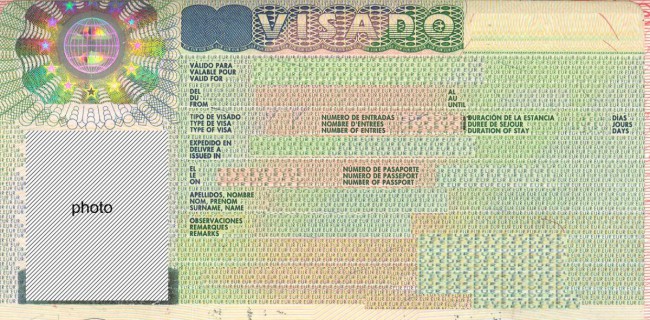
REMARKS- point for notes, clarifications and notes. This line can be left blank, but it is more common to check CIRCULATION, which indicates the possibility of a total stay in the Schengen zone of no more than 90 days every six months. The countdown of the six-month period is not considered a calendar measurement, but from the date of the first entry into the Schengen area.
Are there typos, and what data needs to be verified upon receipt?
Mistakes are acceptable, rather, no one is immune from them. Upon receipt of the document, check the authenticity of the data on the spot:
• Validity period of the document;
• Length of stay in the Schengen area or a set of days;
• Is the recipient of the visa correctly indicated - last name, first name (check each letter);
• Series and number of the identity document;
• The document must be certified by the wet seal of the consulate.
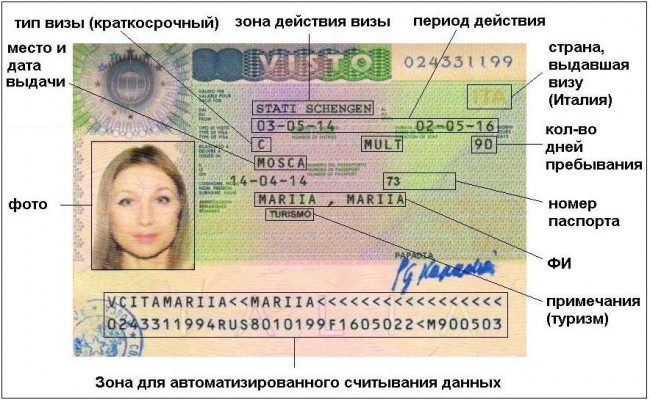
Such foresight will help to avoid ridiculous and annoying situations when passing through customs control.


